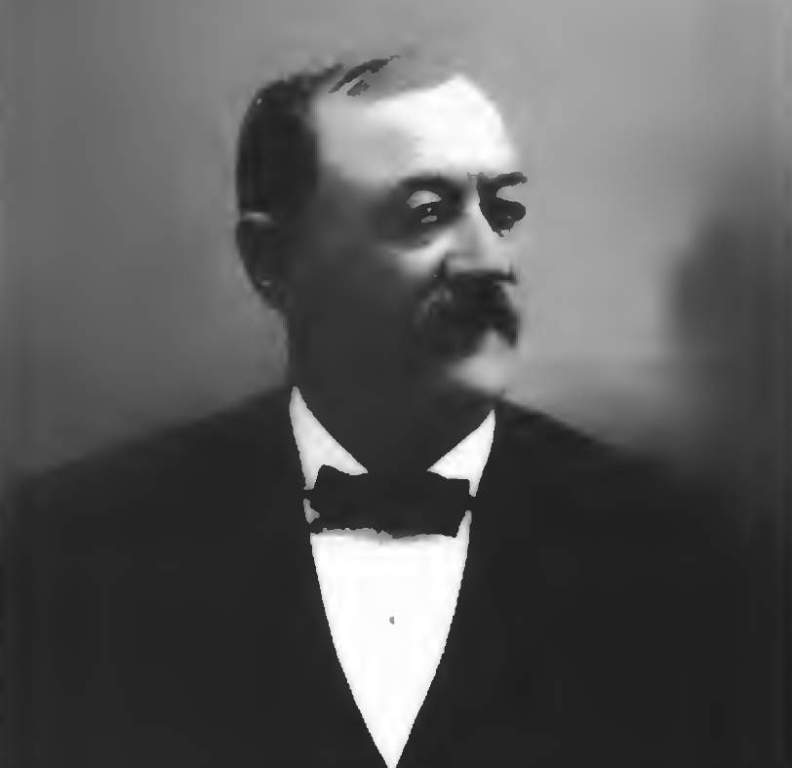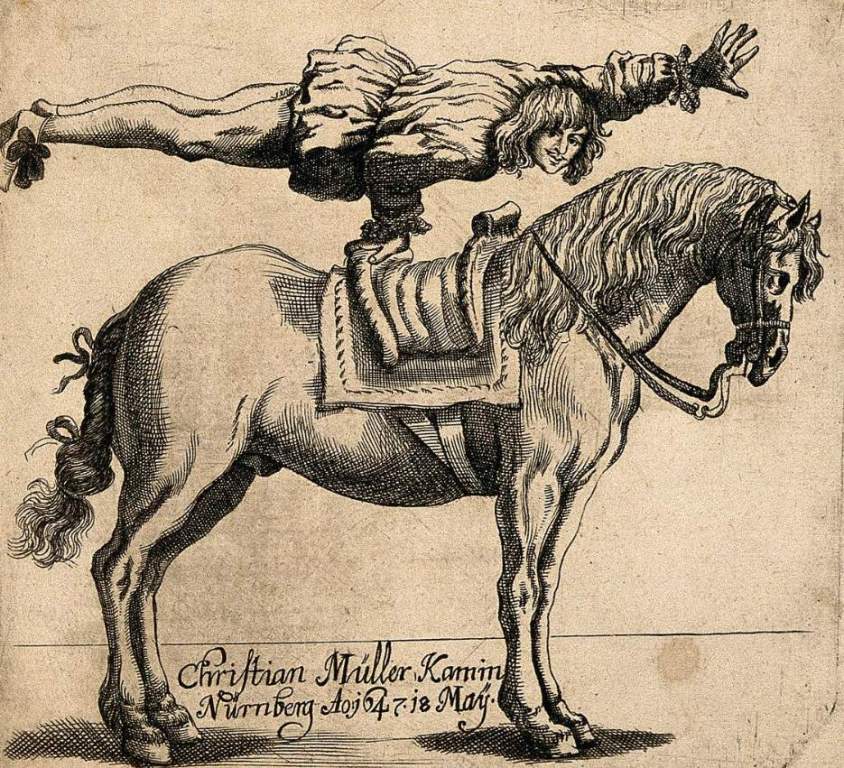The Brief History of Yellowstone National Park. The experience of visiting Yellowstone has changed considerably since the days of George Cowan. The pioneering explorer set a new standard for roughing it when he visited the park in 1877. In the wilderness, Cowan dragged his paralyzed body for days eating roots and coffee grounds as the Nez Perce Indians kidnapped him from his horse-packing camp.
Managing the world’s first national park was a bit of a challenge for the United States government. The situation still exists, but it is improving every day. Managing traffic at the intersection of wilderness and tourism, the National Park Service has protected natural wonders while offering civilized comforts for more than 125 years. In case anyone complains about potholed roads or cold coffee.
There would be no sympathy from George Cowan. In the past, Yellowstone was not known as a hospitable place. Except for a small group of Shoshone known as “Sheepeaters,” nomadic Indian bands crossed the plateau. Colter, an explorer who broke away from the Lewis and Clark expedition in 1806 and spent three years wandering mud pots and geysers in a surreal landscape, was probably the first non-Indian to see Yellowstone’s geothermal wonders. No one believed him when he described his discovery on his return to St. Louis, so he settled down to farm.

The first significant exploration of what became the park took place in 1869 when a band of Montanans led by David Folsom completed a 36-day expedition in what would become known as Colter’s Hell. Fur trappers and miners followed in his footsteps, occasionally reporting a sulfurous world known as “Colter’s Hell.” Folsom traveled up the Missouri River, then into Yellowstone’s heart, discovering the falls, mud pots, Yellowstone Lake, and Fountain Geyser.
However, it was the 1871 expedition led by U.S. Director Ferdinand Hayden that brought back William Henry Jackson’s stunning photographs of Yellowstone. The hot springs were surrounded by crude health spas and thin-walled “hotels.” Development and exploitation of the area quickly became a controversial issues.
National parks are credited to many people, including members of the Folsom party who reportedly came up with the concept around a campfire in Upper Geyser Basin. Anyhow, Yellowstone explorers popularized the idea as they lectured back east. Yellowstone was declared a national park by President Ulysses S. Grant in March 1872.
Managing a wilderness park wasn’t something anyone had ever done, so many mistakes were made: Superintendents granted favorable leases to friends with tourism business interests; poachers decimated the wildlife population; a laundry business near Mammoth cleaned linens in the hot pool.
By 1886, things were so bad that the army took control of the park; it implemented firm management practices that protected the park from those seeking to exploit it, although it participated in the eradication of the plateau’s wolf population.
The construction of the first roads and construction of guest housing in the area had been completed by 1916, making the park more visitor-friendly. As a result of the creation of the National Park Service, the park became the responsibility of the new agency.







